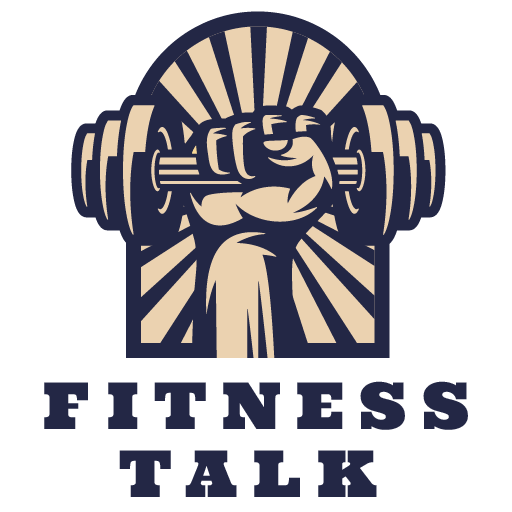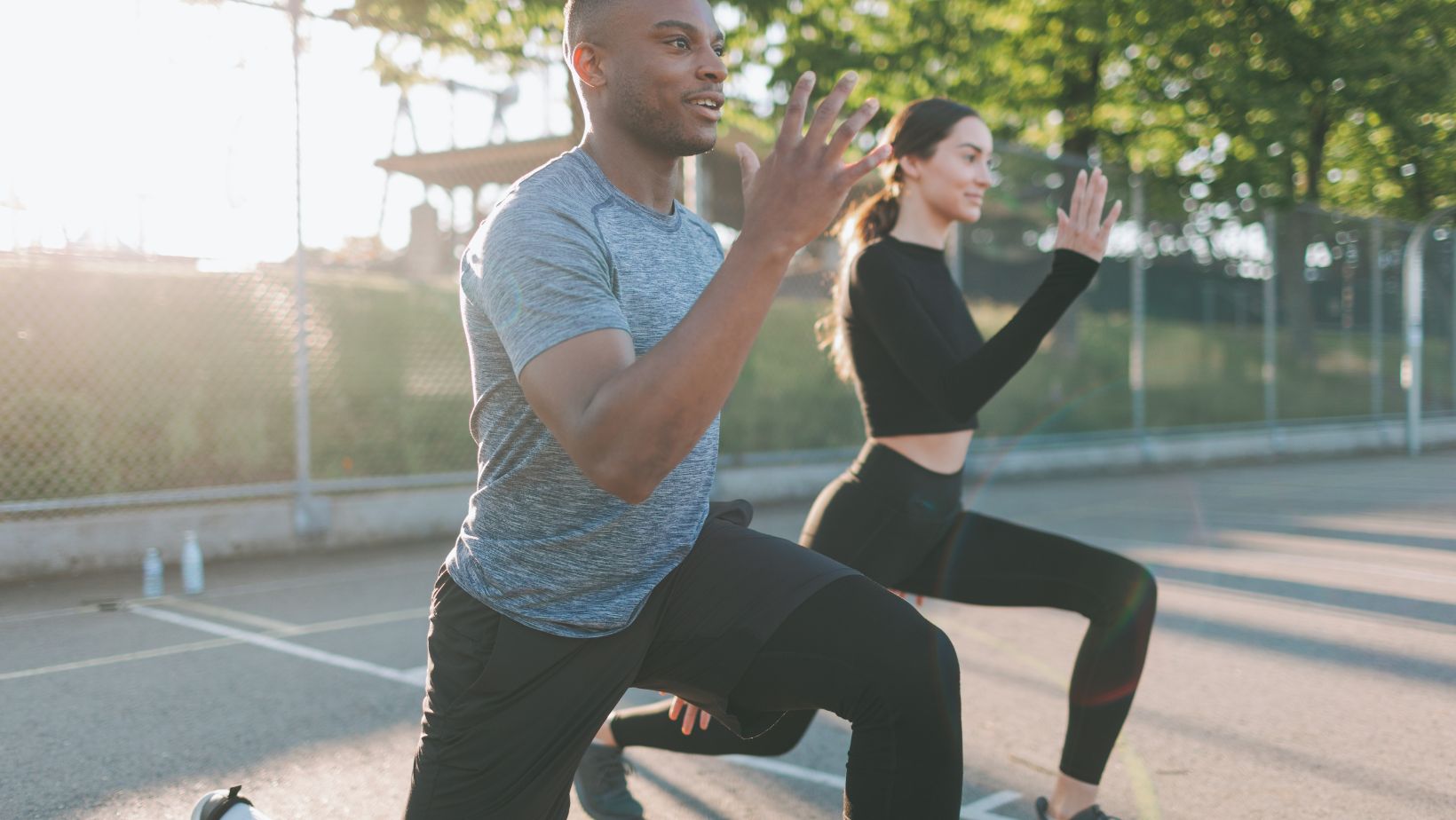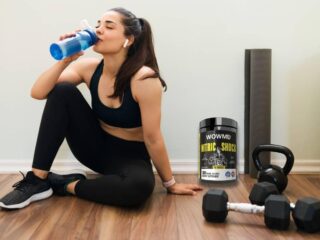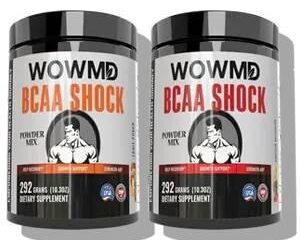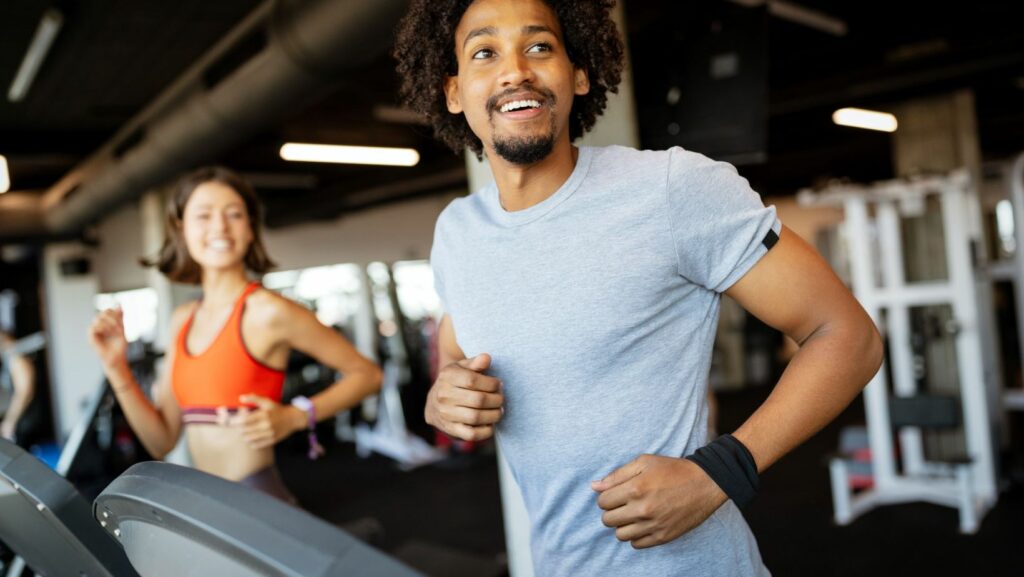
Substance abuse affects millions of people globally. It often begins with stress, emotional pain, or a desire to escape reality. However, the road to addiction can be swift, and breaking free from its grip is incredibly challenging. Recovery is a long-term process that requires discipline, support, and often a shift in lifestyle. One of the most effective ways to combat substance abuse is through fitness and physical activity. Not only do these habits promote a healthier body, but they also provide mental and emotional benefits that can support addiction recovery. This article explores how fitness and physical activity play an integral role in preventing substance abuse and helping people lead healthier, more meaningful and fulfilling lives.
What Is Substance Abuse?
Substance abuse pertains to the hazardous use of psychoactive substances, including alcohol and illicit drugs. It involves the recurrent use of these substances in a manner that often leads to significant impairment or distress. Commonly abused substances include alcohol, prescription medications like opioids, and recreational drugs such as marijuana, cocaine, or methamphetamine. Substance abuse doesn’t only harm the body—it affects mental health, relationships, and quality of life.
Addiction treatment centers like Jackson House Addiction Treatment & Recovery Centers offer professional support for those struggling with substance abuse, helping them break free from addiction through comprehensive care plans. Treatment often involves a combination of medical support, therapy, and lifestyle changes, such as incorporating physical activity. By adopting fitness routines, individuals can reduce their reliance on harmful substances while improving overall well-being.
5 Steps to Transition from Substance Abuse to Fitness and Physical Activity
Transitioning from a lifestyle of substance abuse to one focused on fitness and physical activity can be daunting. However, with the right approach and support, it’s possible to make the shift successfully. Here are five steps to help with the transition:
Seek Professional Guidance
Before beginning any physical fitness routine, it’s important to consult with a healthcare provider. They can evaluate your physical condition and recommend safe exercises to avoid injury. If you’re currently in recovery, treatment centers can offer structured programs that integrate physical activity with addiction therapy.
Start Slow and Build Gradually
Recovery is a process, and so is building a fitness routine. Start with gentle exercises like walking, stretching, or yoga. These low-impact activities help rebuild strength and stamina while easing you into a more active lifestyle without overwhelming your body.
Set Realistic Goals
Setting small, achievable fitness goals is essential to maintaining motivation. Whether it’s walking for 10 minutes daily or completing a workout three times a week, having goals will give you a sense of accomplishment and encourage you to keep going.
Find an Activity You Enjoy
Staying committed to fitness becomes easier when you find activities you genuinely enjoy. Whether it’s swimming, hiking, or cycling, choosing a physical activity that excites you will make it feel less like a chore and more like a rewarding experience.
Stay Consistent
Consistency is key to reaping the mental and physical benefits of fitness. Try to integrate physical activity and fitness into your daily routine, even if it’s just for 20 minutes a day. Over time, you’ll notice improvements in your mood, energy levels, and overall well-being.
As you can see, transitioning from substance abuse to a fitness-focused lifestyle requires a combination of professional guidance, patience, and consistency. Over time, physical activity can play a crucial role in your recovery, providing both physical and mental benefits that support long-term sobriety and overall well-being.
10 Fitness and Physical Activities and Their Roles in Preventing Substance Abuse
Physical activity offers numerous benefits that extend beyond physical health. Here are ten fitness activities and how they can play a role in preventing substance abuse:
Yoga
This activity is known for its ability to reduce stress and promote relaxation. Its emphasis on mindfulness can help individuals stay grounded. In this way, it is easier for you to resist the urge to engage in self-destructive behaviors like substance use.
Running
Running provides a natural high through the release of endorphins, often referred to as the “runner’s high.” This positive feeling can counterbalance cravings for addictive substances, providing a healthier alternative to drugs or alcohol.
Swimming
Swimming is a low-impact, full-body workout that can also be meditative. It allows individuals to clear their minds and reduce stress, both of which are essential in addiction recovery.
Strength Training
Building physical strength through weightlifting or bodyweight exercises can increase self-confidence and improve body image. A positive self-image often deters individuals from engaging in destructive behaviors.
Cycling
Cycling can be a great way to experience nature, boost mood, and reduce anxiety. Regular cycling also improves cardiovascular health, which may have been compromised during substance abuse.
Dancing
Dance is a fun, social, and expressive form of physical activity. Whether through dance classes or freeform dancing, moving to music helps release dopamine, a chemical in the brain that promotes pleasure and can replace the artificial highs from drugs or alcohol.
Hiking
Hiking combines physical exercise with the benefits of being outdoors. Nature therapy has been shown to improve mental health, reduce anxiety, and boost mood, making it an excellent activity for those recovering from substance abuse.
Martial Arts
Martial arts such as karate, jiu-jitsu, or boxing teach discipline, focus, and self-control. Learning these skills can empower individuals to take control of their bodies and lives, fostering resilience against the temptation of substance abuse.
Pilates
Pilates focuses on core strength and flexibility. Like yoga, it can improve mental clarity and reduce stress, both of which are important in recovery from substance abuse.
Team Sports
Joining a local sports league (e.g., soccer, basketball, or volleyball) provides a sense of community and accountability. Team sports also help develop social connections, offering support and encouragement to stay healthy and substance-free.
Engaging in these diverse fitness and physical activities can significantly contribute to your recovery and prevention efforts against substance abuse. By reducing stress, boosting mood, and providing a positive outlet for energy, exercise offers both physical and mental benefits that make it easier to resist harmful habits.
5 People Who Can Help You Prevent Substance Abuse Through Fitness and Physical Activity
Embarking on a fitness journey to prevent or recover from substance abuse often requires support. Here are five types of people who can help you along the way:
Personal Trainer
A certified personal trainer is specialized in designing a workout program tailored to your needs, goals, and fitness level. They can help keep you motivated, track your progress, and ensure you perform exercises safely. For instance, a personal trainer can help you exercise your legs and back safely if you need to strengthen those areas or recover from an injury.
Physical Therapist
If you’re dealing with any physical limitations or injuries caused by substance abuse, a physical therapist can help you rehabilitate and build strength through targeted exercises.
Support Group Leader
Many addiction recovery programs incorporate group fitness as part of their recovery process. A support group leader can help integrate fitness into your treatment plan and provide accountability.
Nutritionist
A healthy body requires proper nutrition, especially during recovery. A nutritionist is an expert in creating a meal plan that complements your fitness goals and helps repair the cellular damage caused by substance abuse.
Fitness Buddy
Whether it’s a friend, family member, or fellow gym-goer, having a workout buddy can make your fitness journey more enjoyable. They can provide motivation, encouragement, and accountability to stay committed to your fitness routine.
If you are seeking to prevent substance abuse through fitness and physical activity, surrounding yourself with the right support network is key. A fitness buddy can keep you motivated, while a support group leader can help you stay accountable in your recovery process. Together, these people can offer the guidance, encouragement, and expertise needed to help you stay on track and build a healthier, substance-free life.
5 Fitness and Physical Activity Technologies to Help You Prevent Substance Abuse
In the digital age, technology can be a powerful ally in your fight against substance abuse. Here are five technologies that can support your fitness and physical activity journey:
Fitness Trackers
Wearable fitness trackers monitor your daily activity levels, heart rate, and sleep patterns. These devices provide real-time feedback, helping you stay on track with your fitness goals.
Workout Apps
Smartphone apps offer guided workouts, fitness challenges, and progress tracking. Many apps also include motivational features and social communities to keep you engaged.
Virtual Fitness Classes
If you prefer to work out from home, virtual fitness classes offer a broad range of activities like yoga, cycling, and strength training. These classes can be streamed live or accessed on-demand, making it easy to stay active no matter your schedule.
Meditation and Mindfulness Apps
Managing stress is key to preventing relapse. Meditation and mindfulness apps offer guided sessions to help you stay present, calm, and focused, which can be invaluable in managing cravings or triggers.
Online Support Groups
Recovery-focused social networks and online support groups connect you with others who are also working to overcome substance abuse. These platforms often include virtual meetings, chat rooms, and wellness challenges to help you stay on the path to recovery.
As you can see, technology can play a crucial role in promoting fitness and physical activity while supporting your journey to prevent substance abuse. These tools offer unique benefits that can help you stay physically active, mentally balanced, and connected with supportive communities.
Example Daily Schedule
Creating a daily schedule that incorporates fitness and physical activity can help you stay organized and consistent.
Here’s an example of a balanced daily schedule that integrates exercise, recovery, and mindfulness, while also allowing flexibility for personal and work commitments:
6:30 AM – Wake Up and Hydrate
- Start the day by drinking a glass of water to rehydrate your body after sleep. Take a few moments to stretch and prepare mentally for the day ahead.
7:00 AM – Morning Stretch or Yoga (15-20 minutes)
- Engage in a gentle yoga session or stretching routine to improve flexibility and get your blood flowing. This helps set a positive tone for the day.
7:30 AM – Healthy Breakfast
- Eat a nutritious breakfast rich in protein, whole grains, and fruits to fuel your body for the day.
8:00 AM – Morning Walk or Jog (20-30 minutes)
- Go for a brisk walk or light jog outdoors. This provides a natural energy boost and improve your mood with fresh air and sunshine.
9:00 AM – Work or Daily Activities
- Focus on work, school, or other commitments. Be mindful to take short breaks throughout the day to move around and stretch.
12:00 PM – Lunch and Recovery
- Enjoy a balanced, healthy lunch with lean proteins, vegetables, and complex carbohydrates to keep your energy levels stable.
1:00 PM – Midday Strength Training or Bodyweight Exercises (30-40 minutes)
- Do strength training exercises like squats, lunges, push-ups, or light weightlifting. Focus on building muscle and endurance, which can improve both physical and mental resilience.
2:00 PM – Relaxation and Meditation (10-15 minutes)
- Take a short break for meditation or deep breathing exercises to reduce stress and center your mind.
2:30 PM – Work or Personal Projects
- Resume work or personal projects, staying focused and productive.
5:30 PM – Afternoon Activity (Cycling, Swimming, or Dancing) (30-45 minutes)
- Engage in an enjoyable physical activity like cycling, swimming, or dancing. Choose something that feels fun to help make exercise feel less like a chore.
6:30 PM – Dinner
- Have a nutrient-dense dinner that helps your muscles recover, including protein, healthy fats, and vegetables.
7:30 PM – Leisure Time
- Use this time to unwind by reading, watching TV, or engaging in hobbies. You can also spend quality time with your family or friends.
8:30 PM – Evening Meditation or Stretching (10-15 minutes)
- Wind down with a calming meditation session or light stretching to help relax your muscles and prepare for a restful sleep.
9:00 PM – Sleep Routine
- Aim to sleep for at least eight hours of sleep so that your body to recover and regenerate.
This schedule emphasizes flexibility, balance, and consistency. Adjust the timing or activities to fit your personal needs and commitments while ensuring physical activity remains an important part of your daily routine.
Conclusion
Preventing substance abuse is a complex process that involves physical, mental, and emotional dedication. Integrating fitness and physical activity into your daily life offers a powerful tool for preventing substance abuse, as well as supporting recovery. From yoga and strength training to virtual fitness technologies, the options are vast. Surround yourself with supportive individuals and embrace the benefits of fitness to foster a healthier, substance-free lifestyle. By doing so, you can build a stronger, more resilient version of yourself, capable of overcoming addiction and maintaining long-term well-being.
